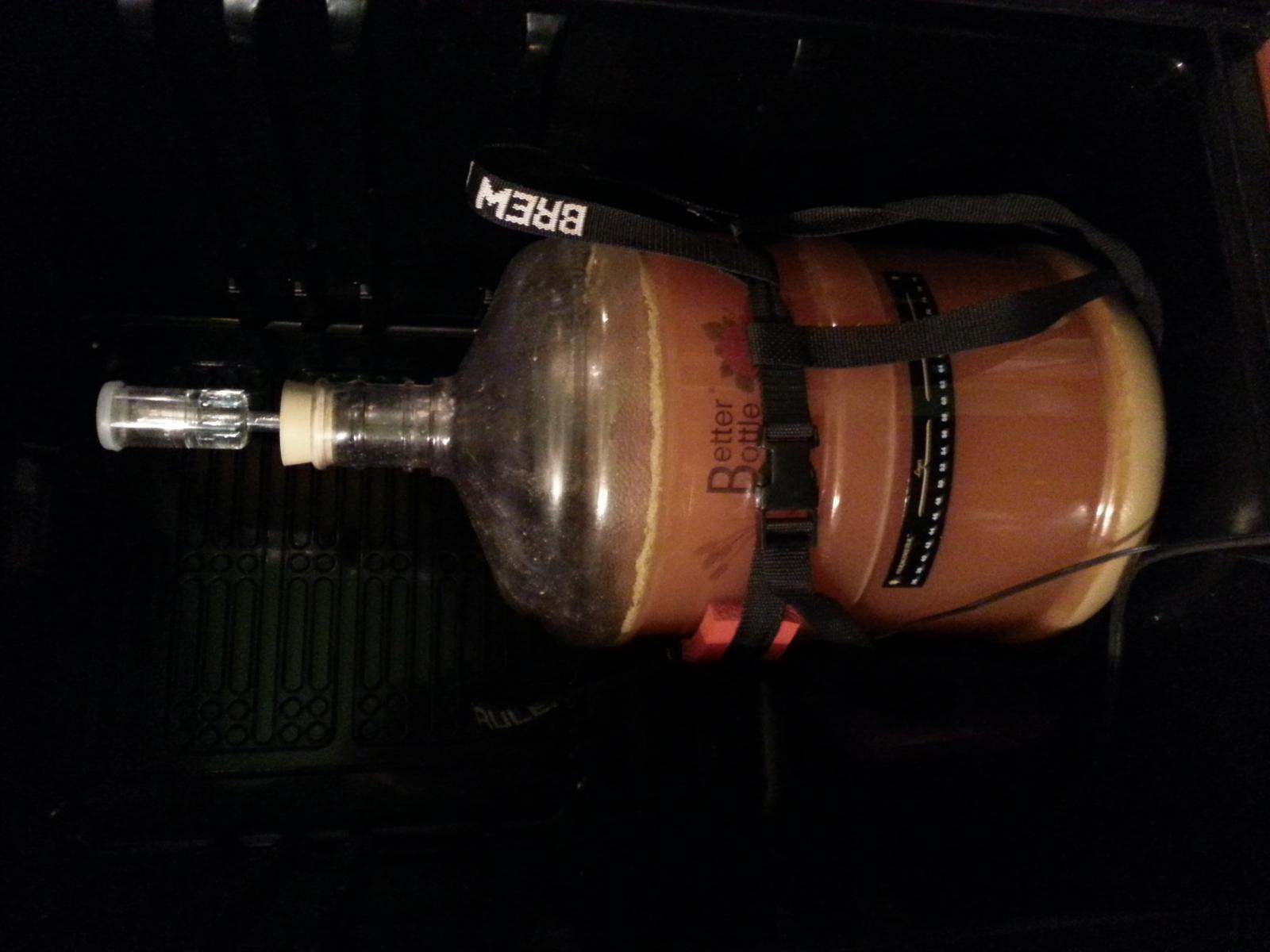Hey, yeah, I've got high hopes that this will work out better than kettle souring for these sorts of low ABV tart beers. I was actually thinking about trying a no-boil version of the popular Liberty Peach Berliner Weisse.
Since MTF is a closed group, I'm not really sure how to post specific links here; however I've only known about the group a couple of months or so, and since I've joined there have been lots of posts about folks using the probiotics for their unique Lacto strains to do "quick turn" sours. The Swansons L. Plantarum seem to be a particular favorite as they produce a nice tartness and work well at room temps, which is why you'll notice there's no holding the beer at 100+ for 2 days in this recipe. Particularly in the last couple of weeks there have been a few guys posting about their no-boil sours using probiotics. So I just started asking questions and threw this recipe together.
Since MTF is a closed group, I'm not really sure how to post specific links here; however I've only known about the group a couple of months or so, and since I've joined there have been lots of posts about folks using the probiotics for their unique Lacto strains to do "quick turn" sours. The Swansons L. Plantarum seem to be a particular favorite as they produce a nice tartness and work well at room temps, which is why you'll notice there's no holding the beer at 100+ for 2 days in this recipe. Particularly in the last couple of weeks there have been a few guys posting about their no-boil sours using probiotics. So I just started asking questions and threw this recipe together.



